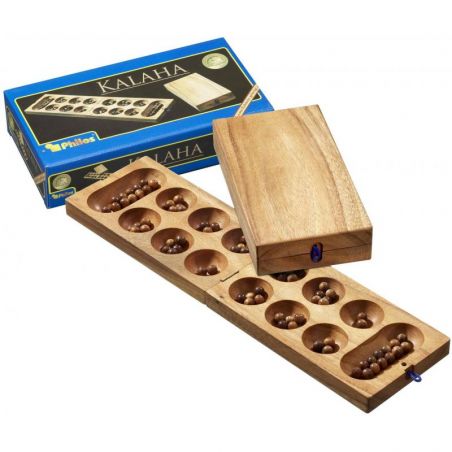
Chess & Checkers (Xadrez e Damas) [Noris]
Última unidad en stock
En stock


EM STOCK
Este artículo está disponible para compra y entrega inmediata.
El stock de la tienda física y la tienda online es compartido y está actualizado.
Editorial Philos
Idioma








Dependencia del idioma (0-4) 0. Ninguna
Núm. jugadores 2
Tiempo de juego 0 a 30 minutos
Autor William Julius Champion Jr.
Edad mínima 5
Temas Abstract Strategy
Mecánicas Mancala
Última unidad en stock
Restock
Última unidad en stock
Restock
En stock
Última unidad en stock